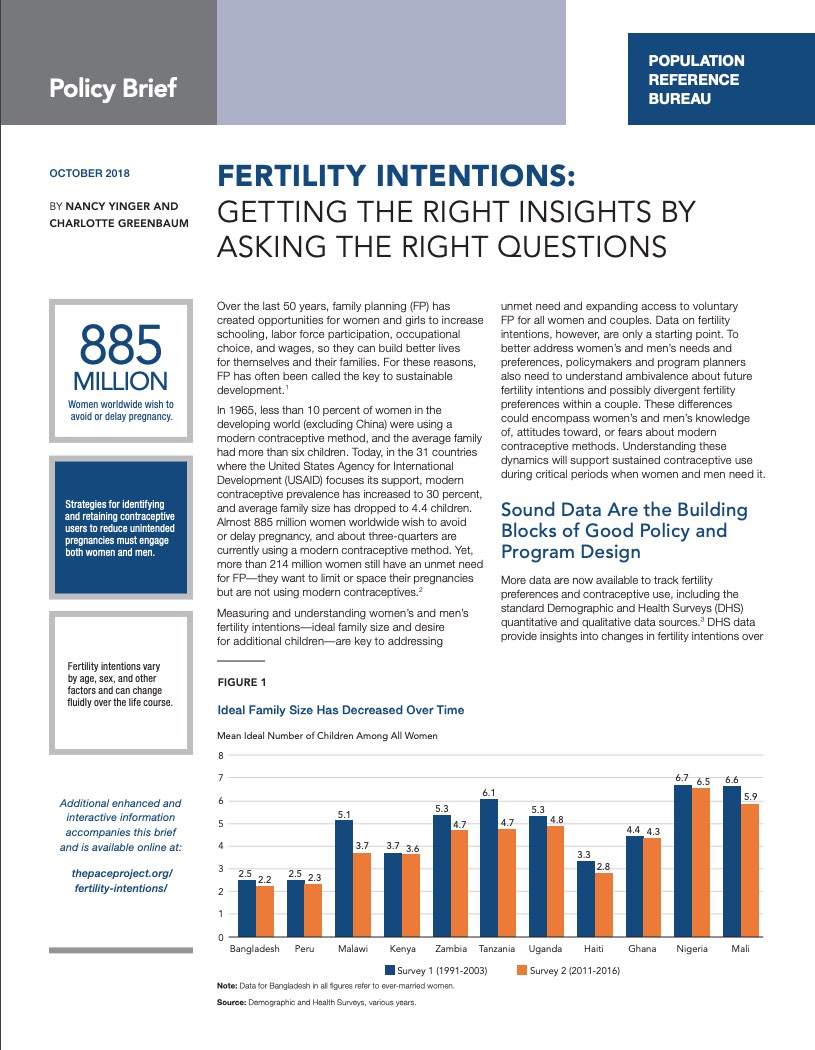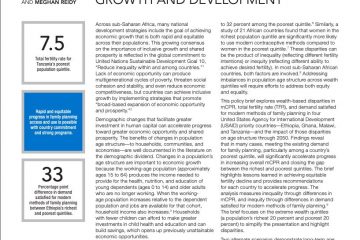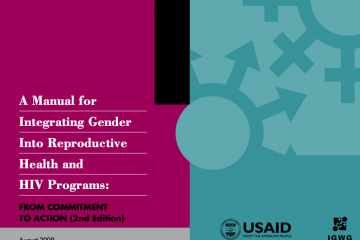
Fertility Intentions: Getting the Right Insights by Asking the Right Questions
Over the last 50 years, family planning has created opportunities for women and girls to increase schooling, labor force participation, occupational choice, and wages, so they can build better lives for themselves and their families. For these reasons, family planning has often been called the key to sustainable development. Yet, more than 214 million women still have an unmet need for family planning—they want to limit or space their pregnancies but are not using contraceptives.
Measuring and understanding women’s and men’s fertility intentions—ideal family size and desire for additional children—are key to addressing unmet need and expanding access to voluntary family planning for all women and couples. Data on fertility intentions, however, are only a starting point.
This policy brief and web feature explores data and research on fertility needs and preferences throughout the developing world that could contribute to more grounded policies and programs to address women’s and men’s fertility intentions. The web feature’s interactive graphics and video provide an immersive experience in the data. To better address women’s and men’s needs and preferences, policymakers and program planners also need to understand ambivalence about future fertility intentions and possibly divergent fertility preferences within a couple. These differences could encompass women’s and men’s knowledge of, attitudes toward, or fears about modern contraceptive methods. Understanding these dynamics will support sustained contraceptive use during critical periods when women and men need it.

 ">
">
 ">
">


